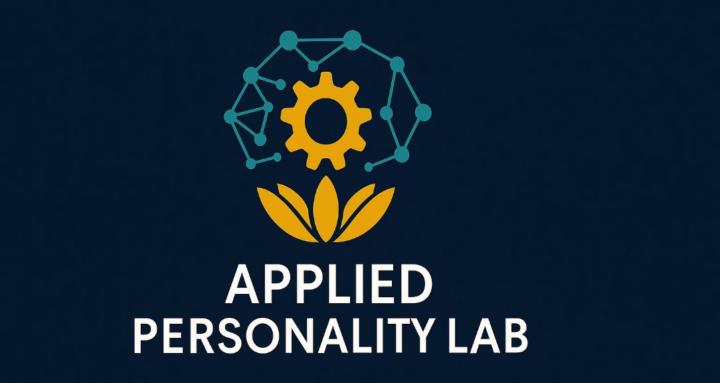Aug 26 • Discussion
What Can Learn From a Session I had with a Member
I had a session with a community member recently, and their journey really highlighted something important about typology: it isn’t just about pinning down one “true type.” It’s about learning how your core type interacts with your shifting states over time.
Here are some key insights that came out of our discussion:
1. Personality Is Not Static
Traditional systems (like MBTI or Socionics) assume personality is fixed. But in reality, we all shift depending on stress, growth, or mood.
PRISM captures this by showing:
- Core Type → your stable foundation.
- State Variations → temporary shifts when you’re stressed, inspired, or recharging.
2. Reliable Testing Matters
The member noted how other tests gave different results each time. That’s because most assessments don’t account for nuance. PRISM’s assessment is longer, built with checks and balances, and designed to track consistent patterns across time. Retesting after a few months gives much more clarity.
3. Growth Comes From Tracking Your States
One big insight was that self-awareness doesn’t come from a single test result—it comes from tracking your shifts. If you can see which states you tend to enter under stress vs. when you’re thriving, you start building a feedback loop for regulating your energy, relationships, and flow.
4. The New Question to Ask
Instead of staying stuck on “Which type am I really?”, the better question is:
“How do my states oscillate, and how can I use that awareness to grow?”
When was the last time you felt “like a different person” — maybe withdrawn under stress, or bold when inspired? How might PRISM explain that as a state variation rather than a different type?
3
2 comments

skool.com/your-personality-blueprint
Turn self-knowledge into clearer performance and conversations in 7 days or less.
Powered by



